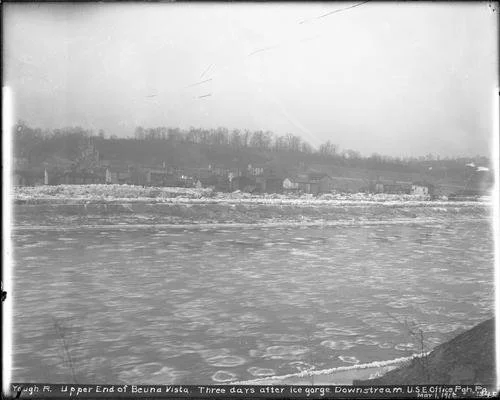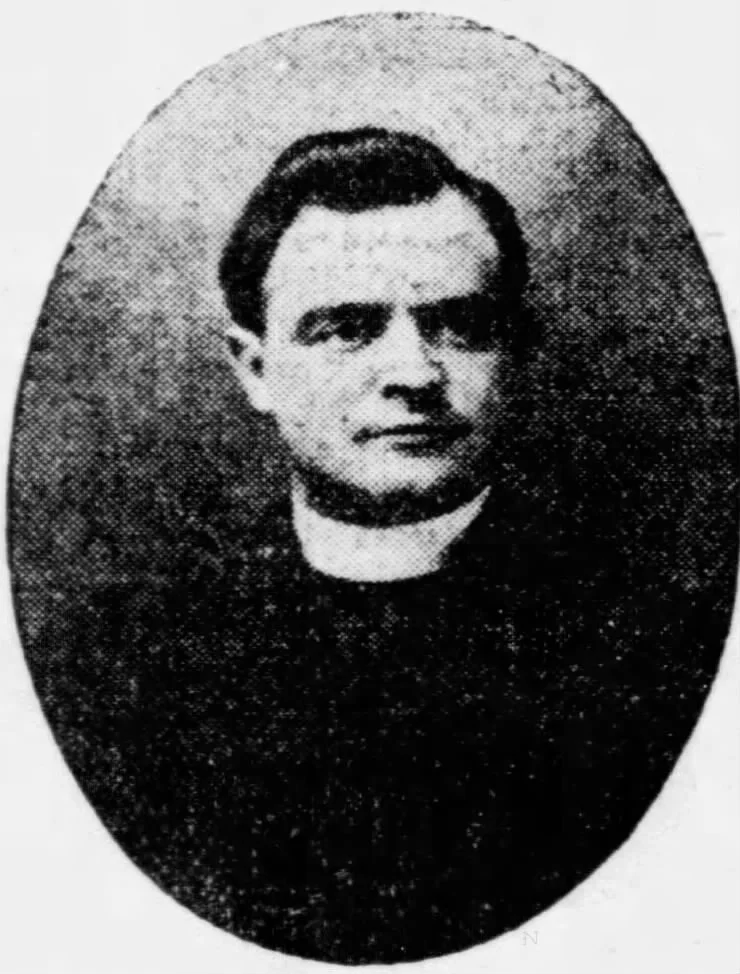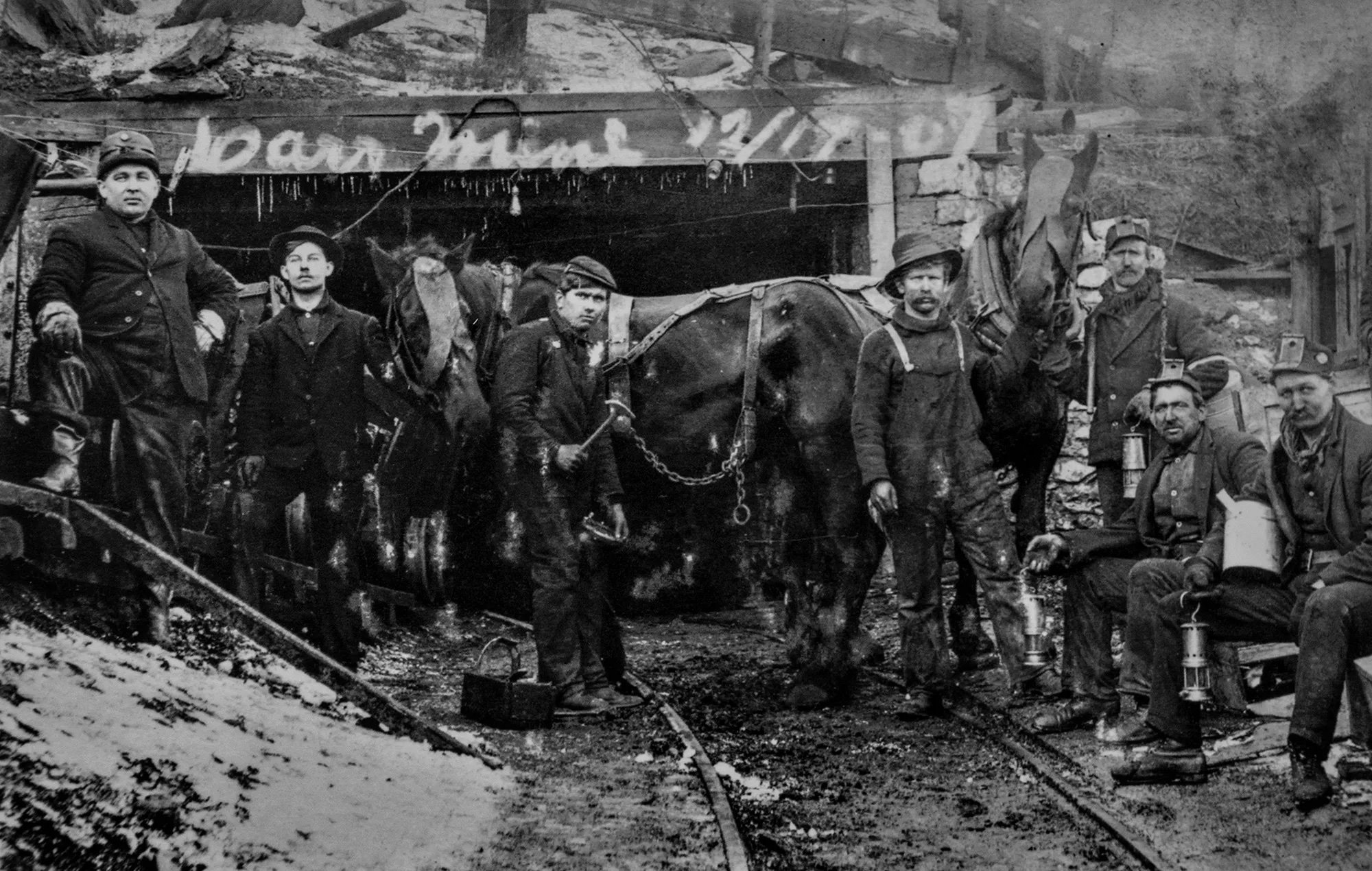Parlor Songs of Pittsburgh: "My Youghiogheny Girl"
While scanning the titles in the Pittsburgh Music Collection at the Carnegie Library, this title, well…you guessed it. It jumped out at me. As someone who has multiple generation that hail from the north side of Pittsburgh, the eastern part of the city has always seemed “far off.” Sooo many bridges to cross. (If you know, then you know.) However, I moved much closer to the Eastern part of the city when I was married. My husband and I would often get coffee in Swissvale, I had a teaching job in Wilkinsburg, and we would even venture through Mckeesport to get chicken feed in North Versailles. We even walked part of Youghiogheny River Trail as a little daytime excursion.
One thing has struck me about many of the towns and boroughs east of Pittsburgh. It seems their population has declined as a result of the industrial exodus in the latter part of the last century. At its peak in 1940, Mckeesport had a population of around 55,000, and now that population has shrunk to around 17,000. In many ways, East Pittsburgh seems a bit lost to history.
As a result, “My Youghiogheny Girl,” published in East Pittsburgh seemed like a rare find. Esoteric even. However, at my first read through of the tune, I was utterly enchanted with the melody and lyrics. The composer was listed as an L.A. Carroll. No full first or last name listed. I was not hopeful research would yield insights about the origin of the song. Thankfully, I was proved dead wrong. As soon as I typed in L.A. Carroll into newspaper archive search engines, I found a veritable treasure.
L.A. Carroll was a Catholic priest. Yes, you read that correctly. A Catholic priest that composed popular music of a secular nature. As a Catholic, most of the priests I know that write music, write it for the liturgy. I do not know of any laws in the Catechism, however, that prohibit priests from writing music for entertainment purposes. It also follows suit with much contemporary parlor song composers. Father Carroll’s primary vocation was not as a composer. It was a “side hustle” if you will. Just as Albert W. Bendig (composer of “Pittsburgh, You’re a Grand Old Town, as mentioned here) was a composer on the side. Parlor Song was a small business industry before copyright law came along, so it stands to reason that many did not pursue popular music composition full time. Furthermore, it seems L.A. Carroll discerned quite a higher calling.
Discern it and live it out, he did. Father Carroll was brave, humble, and bold. He was founder of an organization called The White Cross Temperance Society, an organization he founded to help the sick during the typhoid epidemic in Butler and later minister to those less fortunate offering them groceries and clothing. They would leave baskets of items anonymously. Father Carroll also often did mine rescue work after accidents and explosions. The Pittsburgh Post, in 1904, wrote, “‘Find a place of trouble and you’ll find Father Carroll.’ has become a well known saying in the mining districts up both the Monongahela and Allegheny valleys. No coal strike, no mine disaster, no feud or foreign workmen, nor no scene of human misery has occurred in his vicinity during the past few years without him hurrying to the scene to act as a peacemaker or give first aid to the sufferers.” And in case you were wondering, Father Carroll did not wait for rescue missions to be completed by first responders. He went in himself. The Post also reported that at one point, “when reaching the surface with the limp form of a miner, curious spectators crowded around. He did not look like a priest with blackened face and disheveled hair.”
Father Carroll was also a founding member of St. Mary’s dramatic Guild. A parish organization that put on musical revues and plays for parish fundraising. This was seen as progressive at the time, and we have since not seen many organizations like it within the church. Father Carroll wrote songs quite often, and once had a song “Where the Allegheny Flows” published in order to raise funds for convent housing. Parishioners sold copies at local fairs.
Father Carroll pictured front center (newspaper clipping from Pittsburgh Post 1907
A prolific fundraiser in general, Father Carroll was involved in the success of Duquesne University, Bishop Canevin High School, and Vincentian Home. In fact, Vincentian Home was brought about because Father was concerned for the sick and the Bishop recommended he contact Mother Emerentiana. Also a great uniter, parishioners of his, traveled from East Pittsburgh to build the very first of the Vincentian Homes. Father Carroll did not sit on the sidelines. He worked among them.
The stories about Father Carroll are seemingly endless. I could go on. Suffice it to say, however, his legacy most certainly lives on in his good works. Unfortunately, it seems that his art, his music, was somewhat lost to time. I’m so genuinely happy I found this tune.
So, just what is “My Youghiogheny Girl” about? I cannot say with absolute specificity and certainty. It is a tune that depicts an industrial tragedy wherein immigrant workers perish, and they remember their homelands, or in the case of one laborer, his “Youghiogheny Girl.” The lyrics are:
It was evening out along the Youghiogheny
and the firelight from a thousand ovens glowed
While a thousand hearts were pining for the old home,
And their features careworn, sadness softly showed
One saw the little home in dear old England
Another saw the Shamrock and the Rose
And another France’s banner in the breezes
And the German sees the old Rhine proudly flows
CHORUS
Oh, bear not dear old Fatherland
Sang the German with a sigh
Some sang of Annie Laurie as a Highland lad passed by
Like an echo, like an echo sang another voice of Pearl
I love only you, and love you true, my dear Youghiogheny Girl
VERSE II
When the morning came along the Youghiogheny
Then the strong men paled and women softly cried
For the dark fire damp had claimed a hundred victims
Germans, Irish, English, French lay side by side
One saw the little home in dear old England
One dreamed about the Shamrock and the Rose
And no more proud France’s banner in the breezes
And without him now the old Rhine proudly flows
CHORUS
With the information I currently have, I have reason to believe that “My Youghiogheny Girl” is likely depicting one of two mining disasters, The Port Royal No. 2 Disaster or The Darr Mine Disaster. Both occurred along the Youghiogheny River. The Port Royal No. 2 Mine Disaster occurred within Father Carroll’s parish at the time in 1901. He appealed to Pittsburgh Coal Company to embark on a rescue mission with other miners, but they refused to allow the mission for fear of more perishing. In total, there were 30 casualties as the result of a “cave-in.”
The Darr Mine Disaster often overshadows the Port Royal No. 2 Disaster, because it is noted to be the worst mining disaster in Pennsylvania history. The Darr Mine Disaster claimed 239 victims in total, and indeed it was because of methane explosion from the fire-damp. I have not found any record of Father Carroll being involved in the aftermath. In 1907, when the disaster took place, he was the pastor of St. Mary’s in Kittanning. It is not clear when Father Carroll wrote “My Youghiogheny Girl,” but it was published in 1914.
Image c/o Rostraver Historical Society, maintenace crew following the Darr mining disaster pictured
My foredrawn conclusion is that these mining disasters inspired the plot of the tune, but it is not an exact account of events as they occurred. It is, however, a moving artistic tribute to the miners that lost their lives. Themes of home, identity, and meaning are certainly conjured here. It’s not hard to imagine immigrants far from home pining for their place of belonging, and one man finding it when he finds love where he is.
The accompanying music is utterly enchanting. The first time a pianist and I got together on it, we immediately agreed it was our favorite tune in the program. The piano introduction is so dreamlike, almost evoking an old fashioned Disney quality. The vocal line winds about with some chromaticism eliciting the palpable bittersweet longing each miner is feeling. I have a feeling you’ll feel it too when you take a listen. I, for one, am transported to a forgotten time and sadly, somewhat forgotten legacy.






